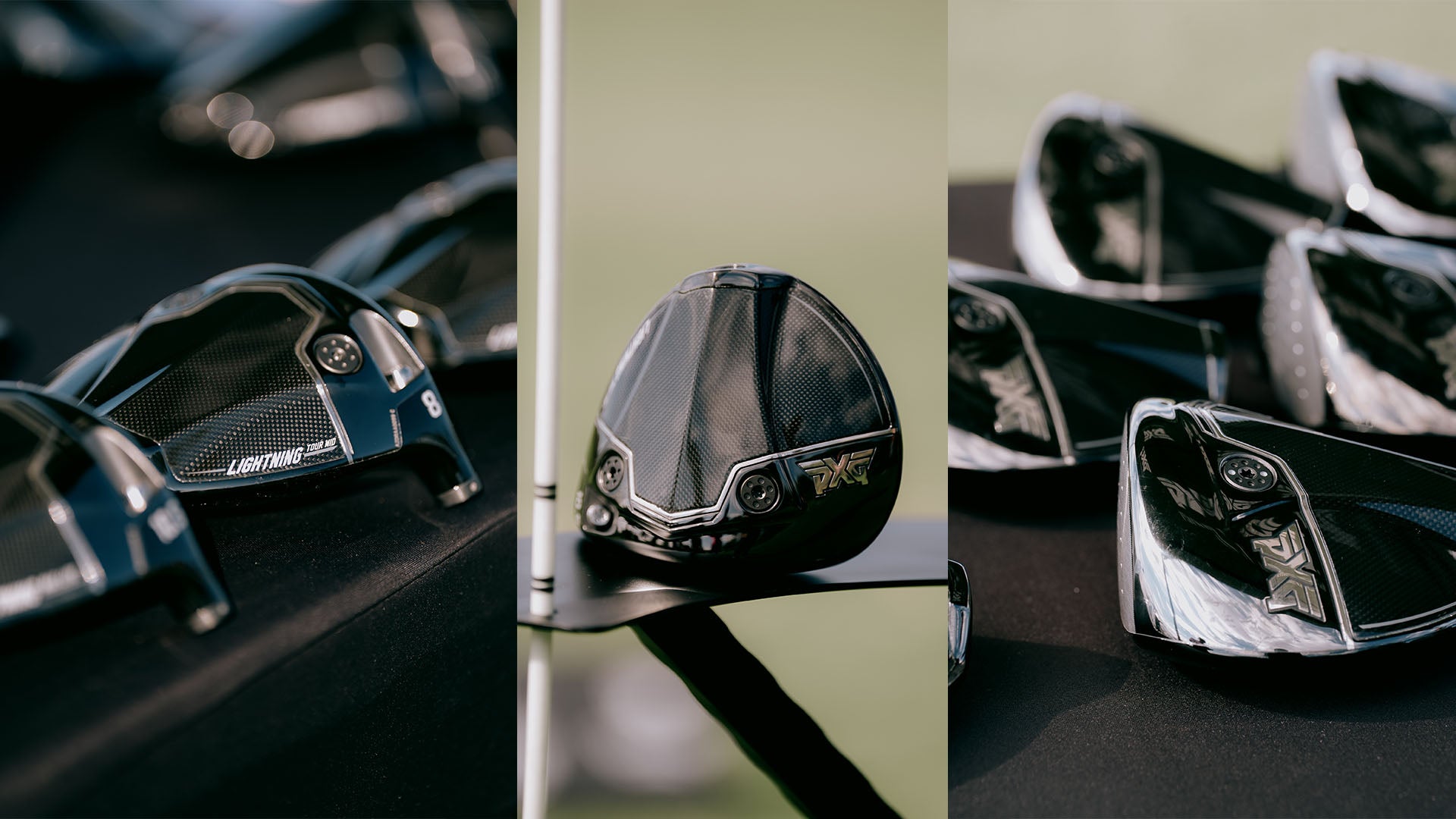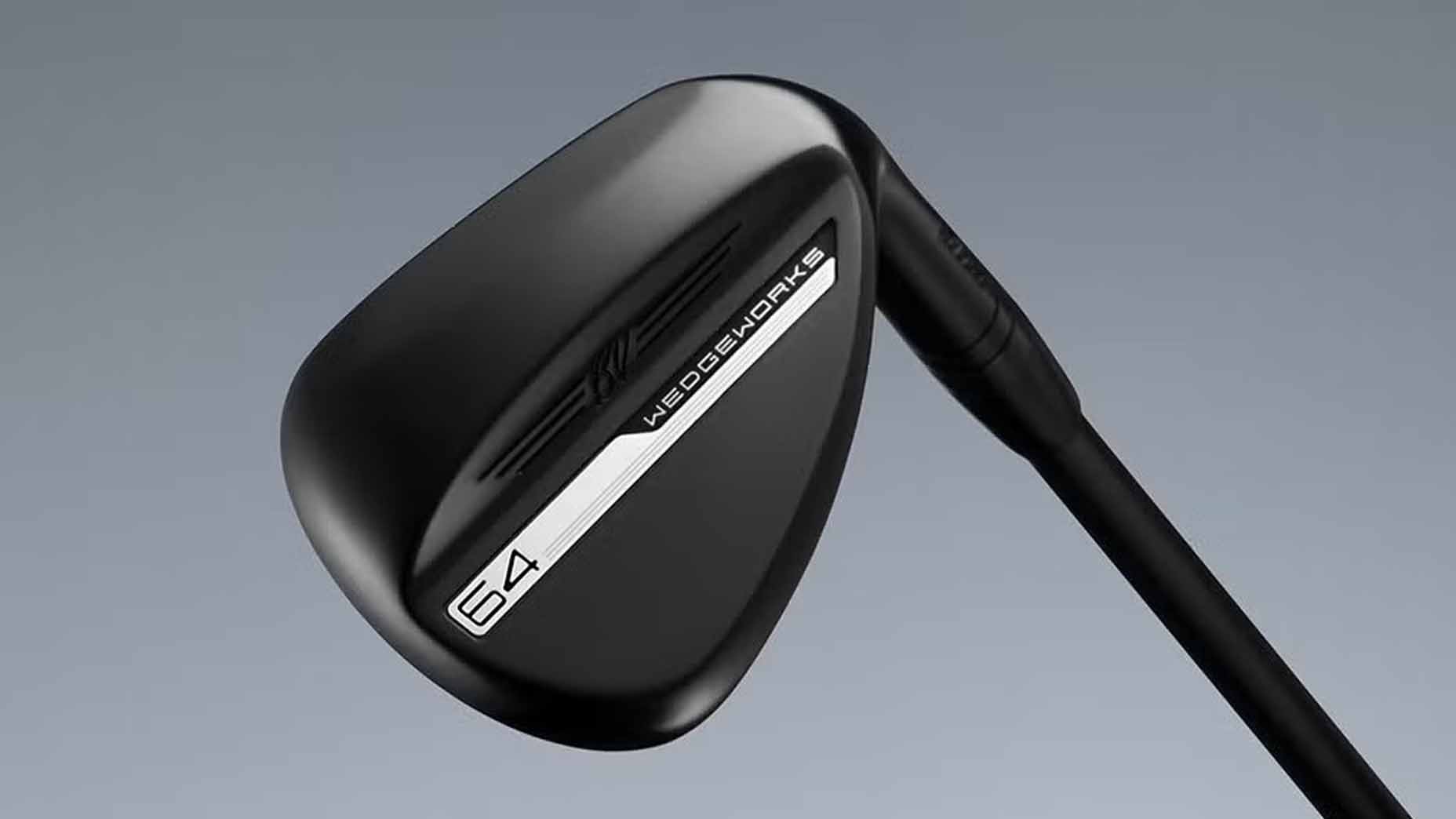The world of golf and beyond has standards of measure. One foot is 12 inches, one yard is 36 inches, one pound is 16 ounces, and so on. But when it comes to shaft flex it’s the Wild West, and the last few weeks on the PGA Tour have shown that just because you swing the club at a certain speed doesn’t mean that you have to play a predetermined flex.
Winner’s bag: Hideki Matsuyama’s clubs from the 2024 Genesis InvitationalBy: Ryan Barath
Let’s use the most recent winner at the Genesis Invitational, Hideki Matsuyama as an example, because even though he’s not considered one of the longest players on Tour, he’s still plenty long. And his choice of iron shafts is somewhat unique among his peers, who might be in the same swing speed range.
Hideki’s golf shafts
Although he uses shafts that are categorized as X-stiff (and heavier than average) in his driver and fairway woods, Matsuyama chooses to go with True Temper Dynamic Gold S400 shafts in his irons and his wedges, which are considered the standard Tour weight stiff-flex shaft.

Graphite Design Tour AD DI Wood Shaft
View Product
Even in the Dynamic Gold range of shafts from True Temper, two more options are considered more stiff; X100s and X7s which are an extra -tiff and slightly heavier version of the already stiff X100 option.
Observers might think that because of his club head speed, his iron shafts would follow along the same line as his driver, but this is where the one-size-fits-all ideology of shaft flex has to be discarded because what’s even more important than club head speed is how that speed is created.
A golfer’s load profile plays a huge part in how a shaft works best for that golfer, and even though two golfers could potentially swing at the same speed, that doesn’t imply they should use the same shaft. It is the difference between someone like Hideki who generates speed a lot more gradually in their swing compared to Jason Day who would be considered a lot more explosive in tempo.
The shaft profile; meaning where the shaft is slighter, stiffer and more flexible across the entire length of the shaft varies, and plays a big role in performance and player feel. This is why some players talk about how certain shafts “feel” right or wrong to them, even though they could in theory have the same flex designation.
Why feel and delivery matter
As much as club-fitters and manufacturers can quantify golf club specs, the one variable they can’t control is a golfer’s individual feel, and feel plays one of the biggest roles in how a player delivers the golf club into the ball.

True Temper Dynamic Gold Tour Issue Iron Shaft
View Product
A slightly softer (this is relative) shaft like the S400 likely offers the feel of loading and unloading that Hideki prefers in his irons, which in turn improves his timing and delivery into the ball. Another S400 iron shaft user is recent WM Phoenix Open winner Nick Taylor — certainly a longer player, but with a slightly more moderate tempo.
If these players were to try something that feels stiffer to them it could hurt their tempo, timing, and delivery, the same way a player who uses a much stiffer profile would struggle if they tried something on the more flexible side.
This is all worth keeping in mind the next time you’re about to get fit for irons or any other clubs because what you feel is important to bringing maximum performance to the course.
Want to overhaul your bag for 2024? Find a fitting location near you at True Spec Golf.











